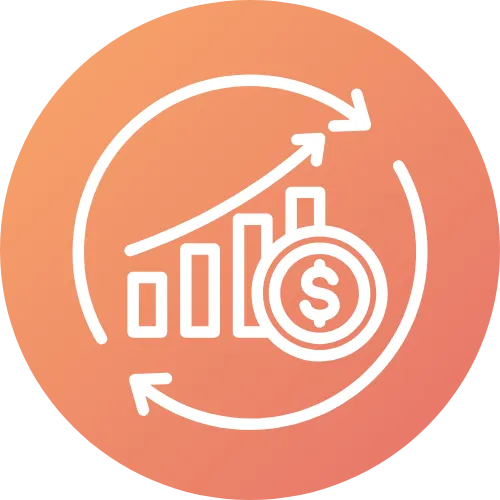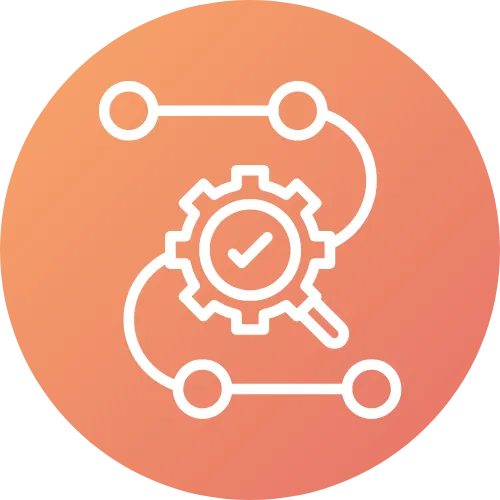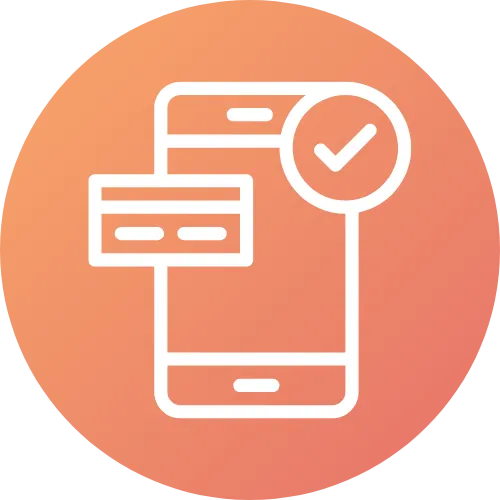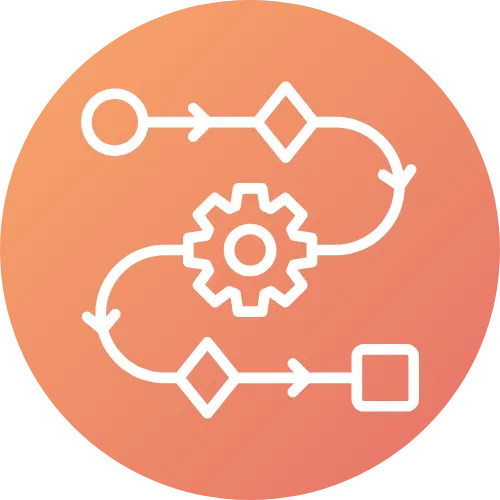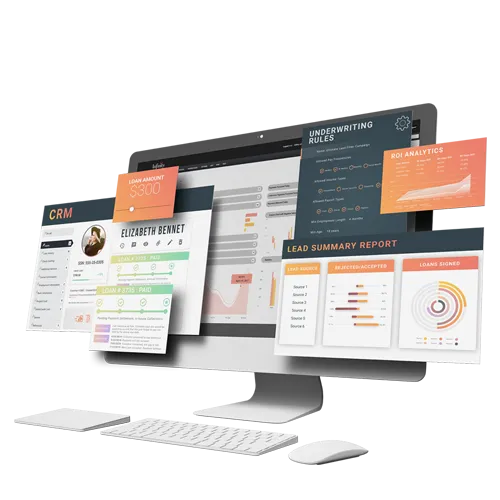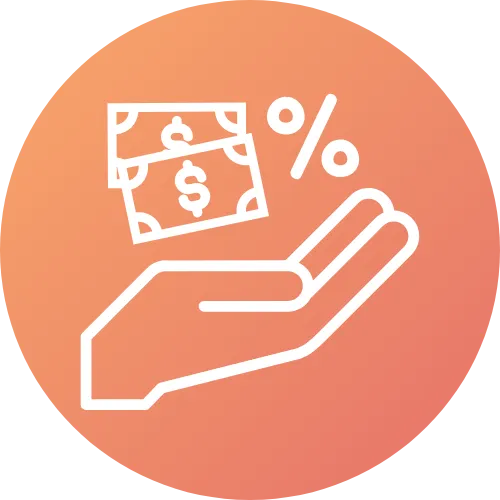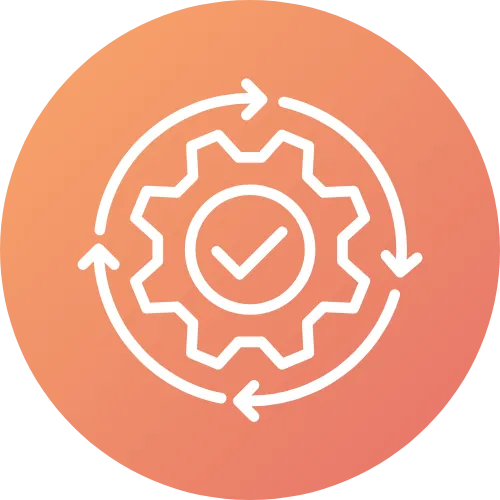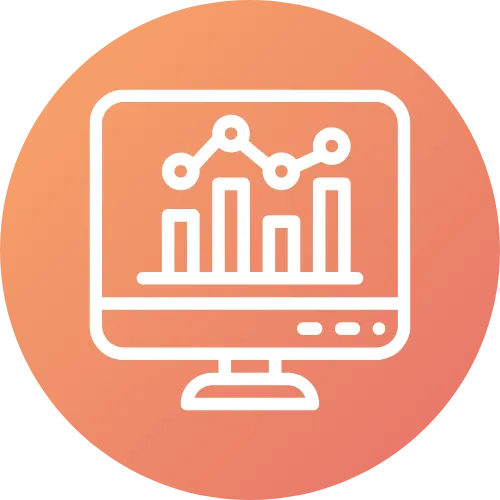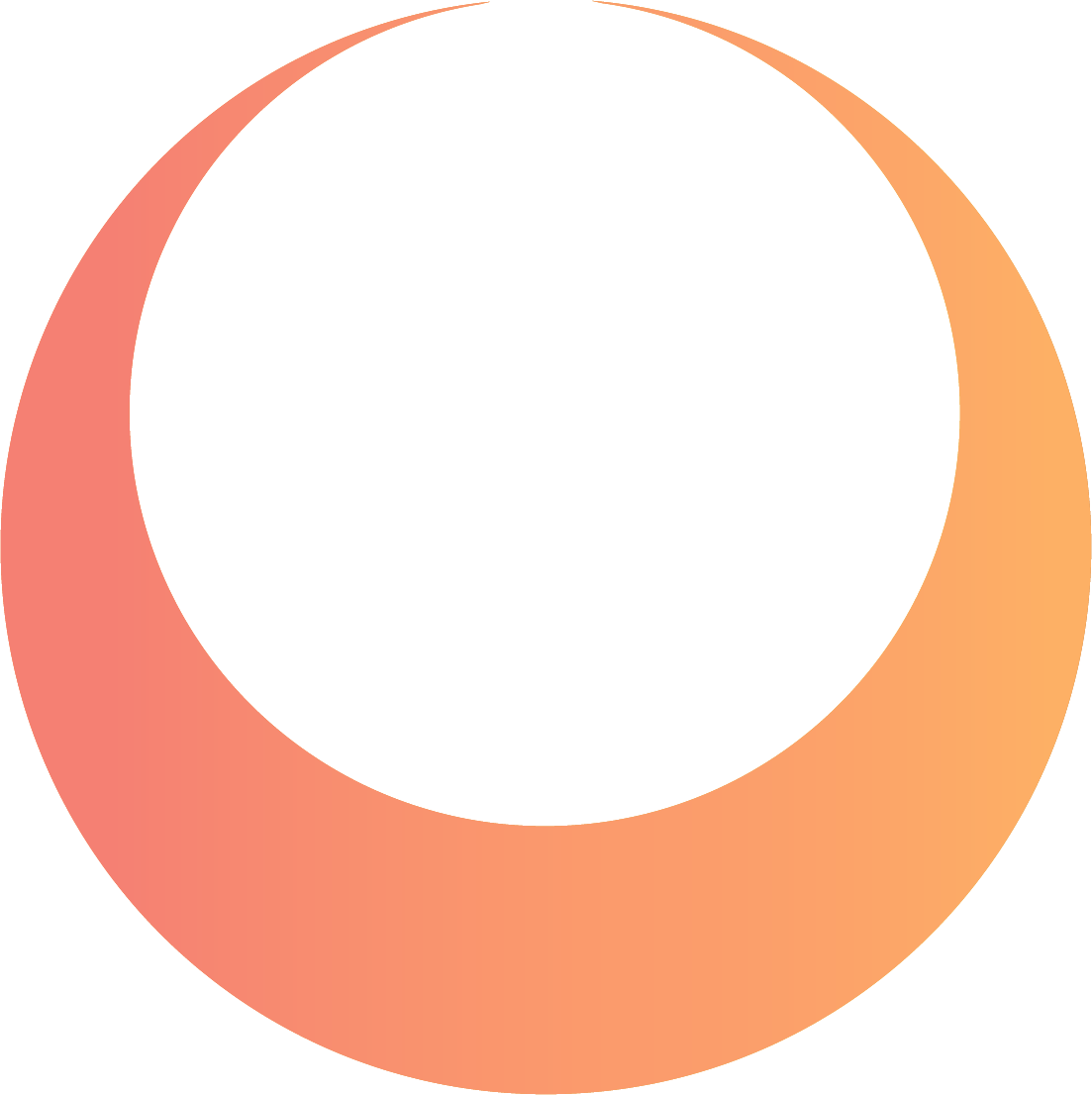
Consumer Loans Explained: A Comprehensive Guide
Those who need cash can do far better than credit cards with high interest rates and asking family or friends for money. That's because there are many types of consumer loans out there that can help close the gap between paydays or if someone needs a bit of extra money to help pay off a car repair bill or some other unexpected, large expense.
Most of these consumer loans are known as personal loans, essentially a straightforward way to borrow money. Rather than a credit card that features a variable rate that can change on a dime and charge you more in interest when you least expect it, often as the balance goes up, a personal loan allows consumers to borrow a predetermined amount with a fixed interest rate that won't change over the lifetime of the loan.
Even the repayment period is easy, with predictable monthly payments that make budgeting much easier than with a credit card's shifting payments and variable interest rates. That can help borrowers meet the demands of their loans more easily, especially if they have good credit and can qualify for a lower APR.
Secured and Unsecured Consumer Loans
There are two main categories of consumer loans: unsecured personal loans and secured loans. Unsecured loans don't require any collateral like a car title or any other backing should the borrower default on the loan, while secured loans are the opposite, they require collateral. The benefit to the consumer is that secured loans often come with lower interest rates since lenders are protected in case of some kind of default, though they can be harder to manage for lenders and borrowers due to the securing process.
Why Might Someone Need To Take Out a Personal Loan?
Consumers who need to borrow money often take out a personal loan for a specific reason. Things like remodeling a bathroom, repairing a car, or paying for new furniture are all great ways to put a personal loan to use. And unless they have the money already, a consumer loan is an ideal way to get the funds needed, all under a predictable monthly payment and an eventual payoff date that won't change.
Other reasons for getting a personal loan include buying a car, paying for school, covering unexpected bills or expenses, or paying for repairs at home. That said, the reasoning for the loan is less important than the amount borrowed and the terms of the loan, and consumers are encouraged to get personal loans whenever they need them.
Identifying the Right Consumer Loan
While some consumers will shop around and try to find the best rate for their given financial situation, most loans are fairly similar. The most important piece to a consumer is the loan rate, which is an indication as to how much they may have to pay over the lifetime of their loan, but terms and fees are also important, even if they're not as highly scrutinized.
Some lenders may opt for higher rates with lower fees, while others may go for the opposite. That said, much of this is limited by the financial circumstances of the borrower, including their credit score and credit history. Those with lower scores and a long history of responsible credit, including paying off loans on time and in full, tend to receive better rates and lower fees.
On the other hand, borrowers who have lower credit scores and fraught credit histories may require higher rates and fees to protect against any delinquent payments or the loan not being paid off in full by the term date. This is often a balancing act where the lender wants a rate and fee structure that matches their exposure, while the borrower wants a lower rate and fees to avoid paying significantly more than the loan amount.
Keep in mind that consumer loans can also include origination fees of 1% up to the high single digits, as well as additional fees. Some lenders may opt to ditch the fees altogether, relying on the APR to make up the gap, while other lenders may lean more on fees, providing a lower rate to borrowers.
Qualifying for a Consumer Loan
If one were to look hard enough, a lender could likely be found regardless of a borrower's credit score or credit history. That's because some lenders specialize in lending to consumers with credit scores in the 500s or less. However, getting such a loan could mean a higher rate, fees, or collateral to secure the loan.
Those with higher credit scores will likely be able to qualify for loans with lower rates and fees, as well as being able to skip securing the loan with collateral. Indeed, the highest credit scores often command the lowest rates and negligible, if not nonexistent, fees, but it's also because they have a long history of making payments on time and responsibly holding credit over the years.
Because of the value of high credit score borrowers, some lenders might even have a minimum credit score to obtain a loan, often in the neighborhood of the high 600s. In general, higher credit scores will likely mean lower rates, while lower credit scores will often lead to a higher rate.
In addition to the credit score thresholds, qualifying for a consumer loan requires additional information, such as proof of employment or an existing debt-to-income ratio. This information is typically used by lenders to establish risk, and those with low incomes or significantly high debt ratios may not qualify for certain loans -- or the loans they do qualify for may come with higher rates, fees, or other requirements.
Types of Consumer Loans
While many consumers likely have at least one big loan in their financial history or one that they're currently paying off, consumer loans come in many different types.
Mortgage Loan
The most common is a mortgage loan, which is used primarily to finance the purchase of real estate. These are typically large loans with low interest rates, and the creditor actually retains ownership of the property until the loan is paid off in full.
Credit Cards
They're typically not treated as such, but credit cards are another popular type of consumer loan. However, credit cards don't have any of the signature benefits of a consumer loan, such as a fixed interest rate, a predictable monthly payment plan, or a defined end date. For this reason, credit card loans can be dangerous with low monthly payment rates, which can hide the true debt over months and years, even as regular payments are made.
Student Loans
Students are encouraged to take out loans to help pay for school, though many student loans are governed by the state or the federal government due to regulations and the cost of higher education.
Auto Title Loans
For those who want to buy a new or used car, an auto loan is a common way to finance the large, up-front cost of a new vehicle. Many banks and dealers work with consumers to offer these loans, though a financial institution may be able to offer a better rate than a local auto dealer.
Personal Loans
That said, any type of private or personal loan is a consumer loan. These loans can be used to pay off just about any type of debt, particularly for unexpected expenses and bills. In fact, consumers often take out personal loans to help pay off spiraling credit card debt and other types of loans if they're able to secure a better rate or terms than the original debt.
Applying for a Consumer Loan
Luckily, it's never been easier to apply for a consumer loan. Borrowers can walk into just about any financial institution and apply on the spot for a loan — or even apply online, getting feedback in just hours or days as to the status of a loan application. Once a loan application is received, a lender will evaluate the application and look at things like credit scores and credit history to determine creditworthiness, which is basically a fancy term for how likely it is that the loan will be paid off in full.
However, it's not only about the borrower. Lenders have certain policies and procedures that can govern how long it may take to prepare a loan, as well as certain loan conditions that may be asked of the borrower. Some lenders may only specialize in one type of loan, which can make turnaround much easier, while others may offer a wide array of consumer loans to their clients.
For both borrower and lender, the associated fees, interest rates, and repayment plans are crucial, they stipulate how much the entire loan will cost as long as it's paid off in full by the end of the loan term. Average interest rates are in the single digits, though many interest rates can go as high as 20 percent or more. It all depends on what the established risk is, which is largely a function of credit score and credit history.
The best part about most consumer loans is that they have a solid repayment plan and an end date. Compared to credit cards, where debt can be carried on for years, the vast majority of consumer loans are paid off in full according to the payment calendar. While larger loans such as mortgages may take decades to pay off, most smaller loans of a few thousand dollars are fully paid off within six months or a year or two.

